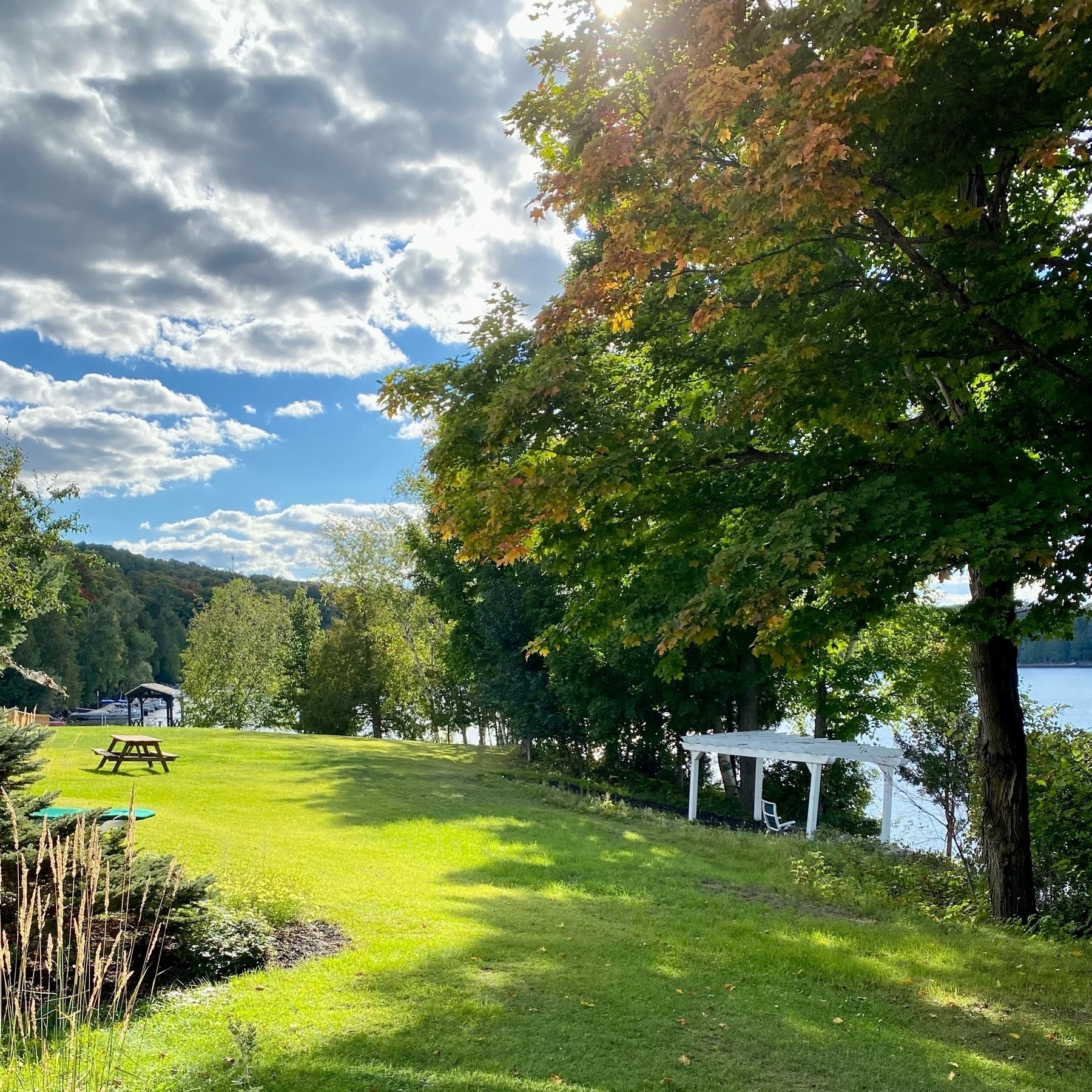Day 7: Spice 📷

Day 7: Spice 📷

Day 6: Street 📷
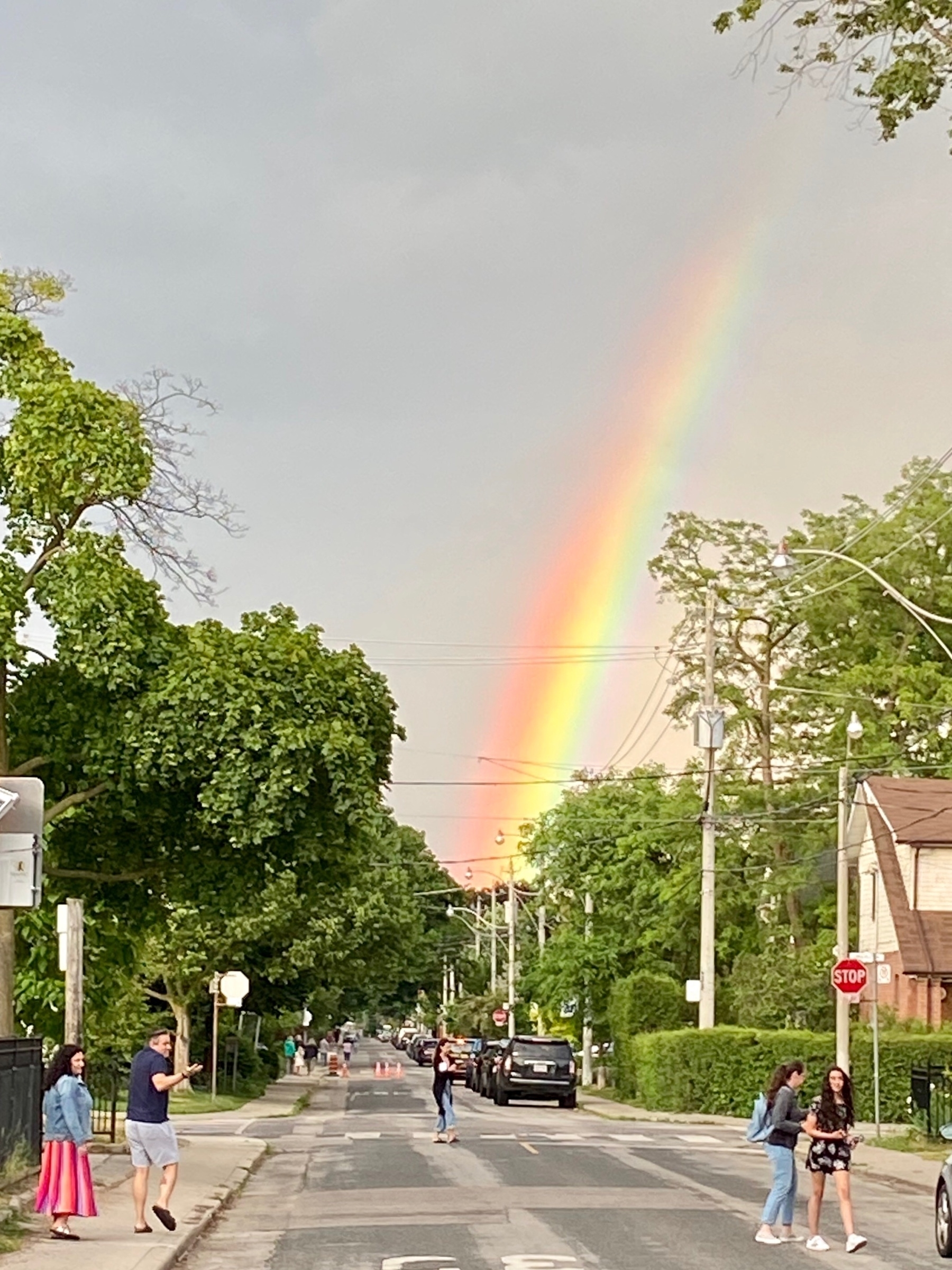
Day 5: The toys are watching, always 📷


Although A Desolation Called Peace by Arkady Martine isn’t as remarkable as A Memory Called Empire, I still really enjoyed it. Some of the enjoyment was momentum from the first book. I also liked the mystery of the aliens and the exploration of shared memories and awareness 📚
Day 4: Sharp dressed boy 📷

Day 3: Majority votes are rare in Canada these days 📷

Added this to my “brains are fascinating” note: How memories persist where bodies, and even brains, do not
It seems that a 44-year-old French man had gone to hospital complaining of a mild weakness in his left leg. Doctors learned that the patient ‘had a shunt inserted into his head to drain away hydrocephalus – water on the brain – as an infant. The shunt was removed when he was 14.’ When they scanned his brain, they found a huge fluid-filled chamber occupying most of the space in his skull, leaving little more than a thin sheet of actual brain tissue. The patient, a married father of two children, worked as a civil servant apparently leading a normal life, despite having a cranium filled with spinal fluid and very little brain tissue.
Day 2: Lightning up the Dark 📷

Day 1: Touch 📷


Fathoms by Rebecca Giggs is about so much more than whales. Beautifully written, Giggs uses whales to talk through society, culture, environmentalism, evolution, and history, along with lots of good natural history on whales📚
We had fun solving CluedUpp Games The Ripper mystery with these serious looking investigators
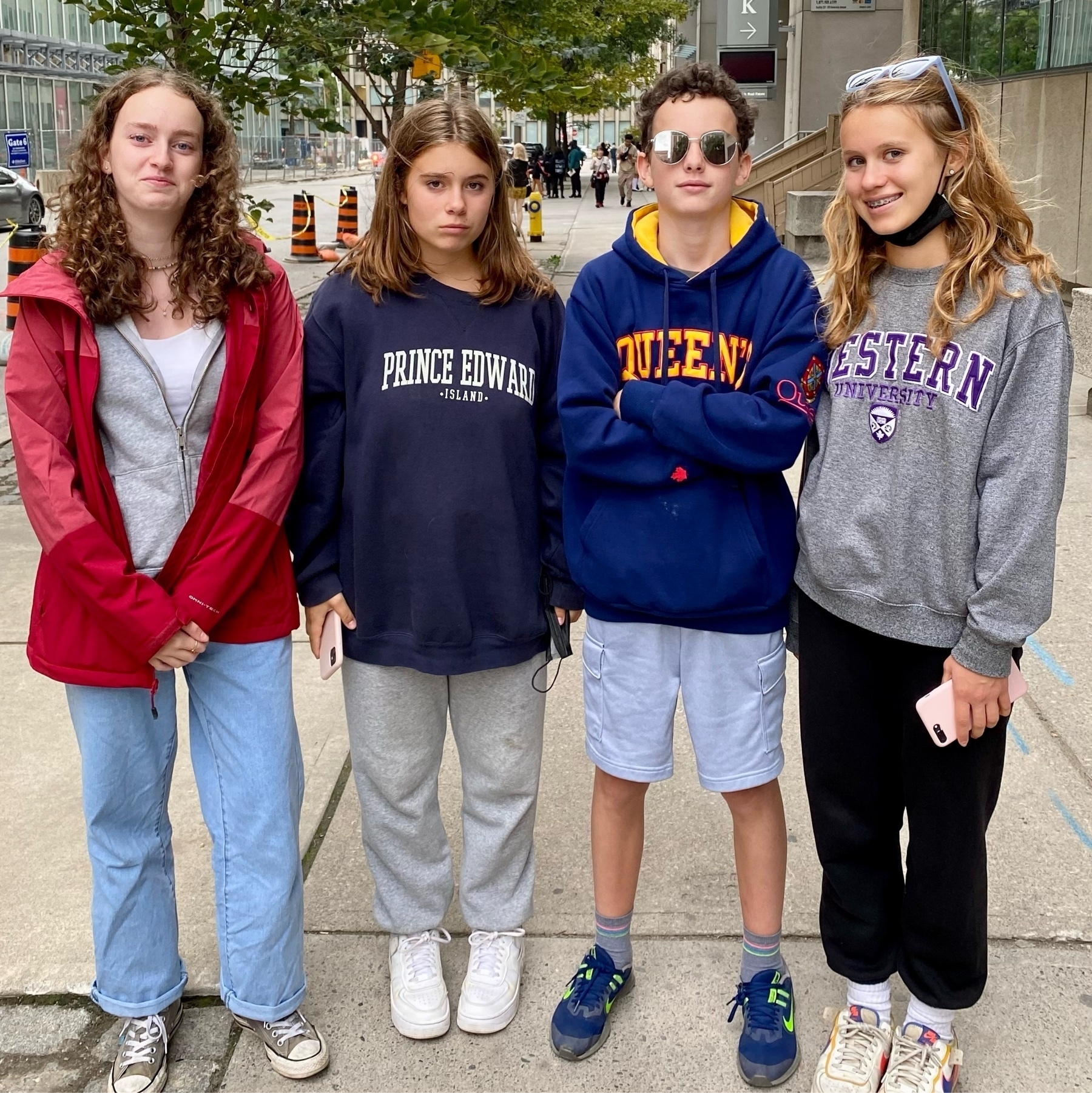
I really enjoyed the Foundation books as a kid and thought it might be fun to read them along with the new Apple TV show. I know they’ll diverge and look forward to seeing how they approach the original content
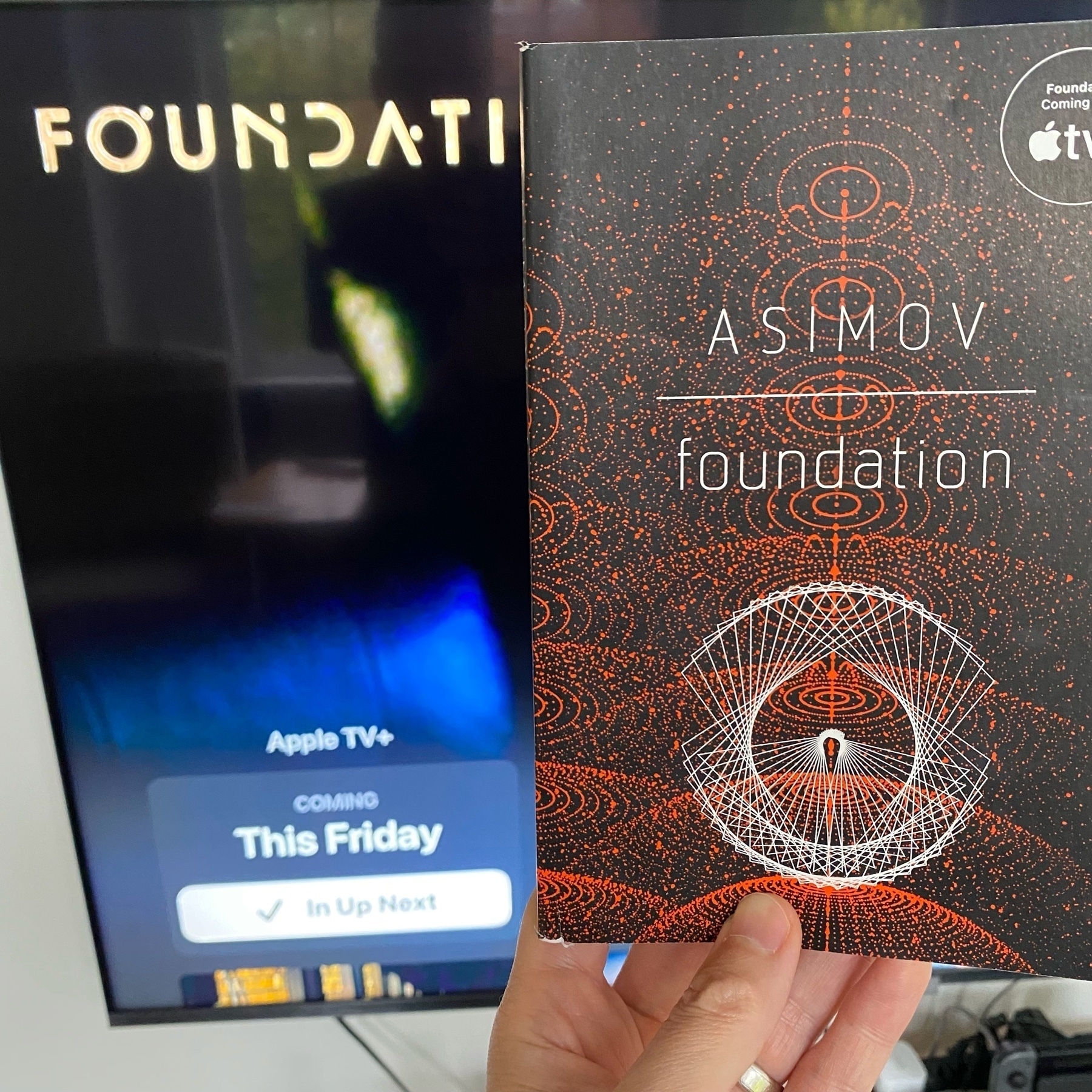
Two things to note: 1) Clearly the totalling is off and 2) How can the app for my robot vacuum be in the top 10?
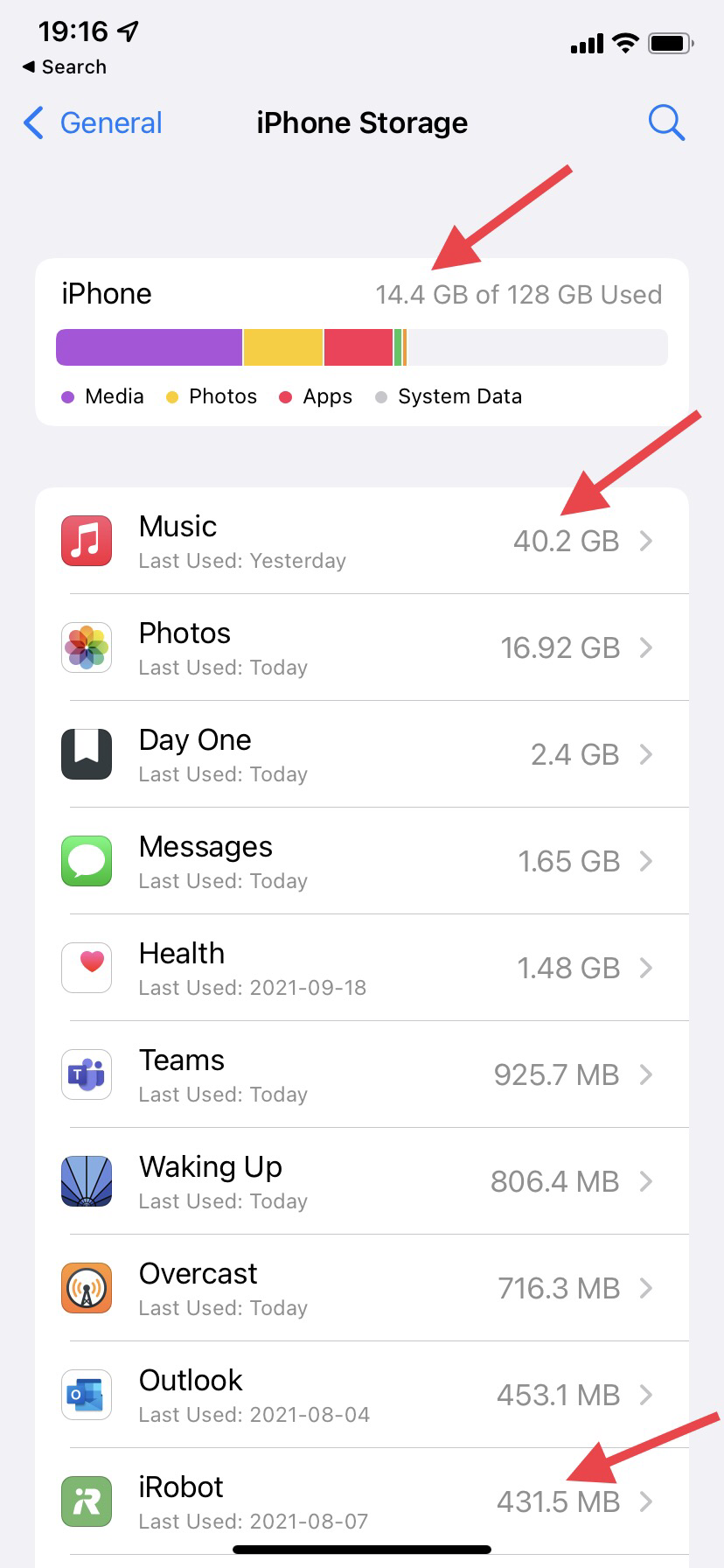
Federal Election Day here in Canada 🗳 🇨🇦. As a public servant, I have no public opinion about the parties. I do think, though, that we have a civic obligation to vote and, so, encourage any Canadians out there to make an informed choice and cast your ballot.
We celebrated 21 wonderful years of marriage with an extended weekend at the Sir Sam’s Inn near Haliburton.
We had gorgeous weather and lots of relaxation.
To burn off some of the delicious food, we hiked up to the top of the ski hill through a twisted, 5K path to get a great view over the lake.
Along with some canoeing on a quiet Eagle Lake.
More importantly, we had a chance to reconnect, celebrate our adventures together, and plan for what’s next.

A good reminder to experiment with my coffee setup: How to enjoy coffee | Psyche Guides
Found some tranquility
Nice view from a hike to the top of a hill
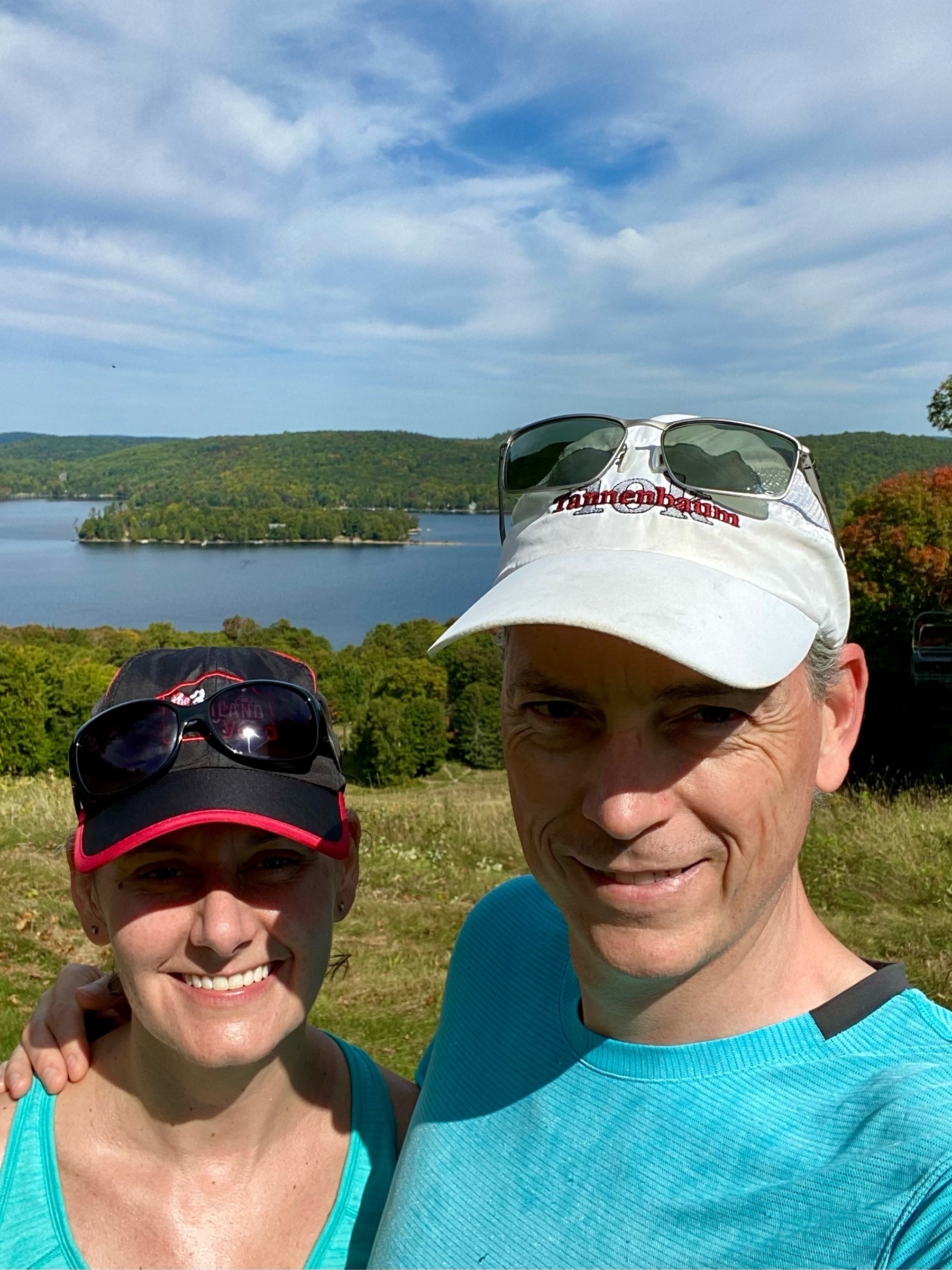

Currently reading: Fathoms: the world in the whale by 📚
I’ll be hanging out here for the next few days
